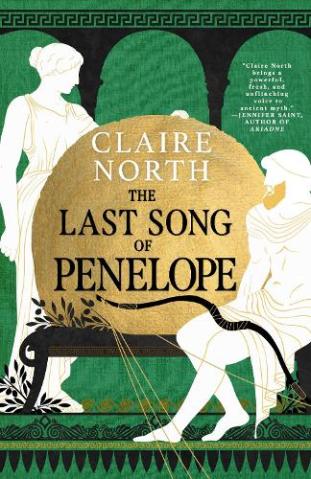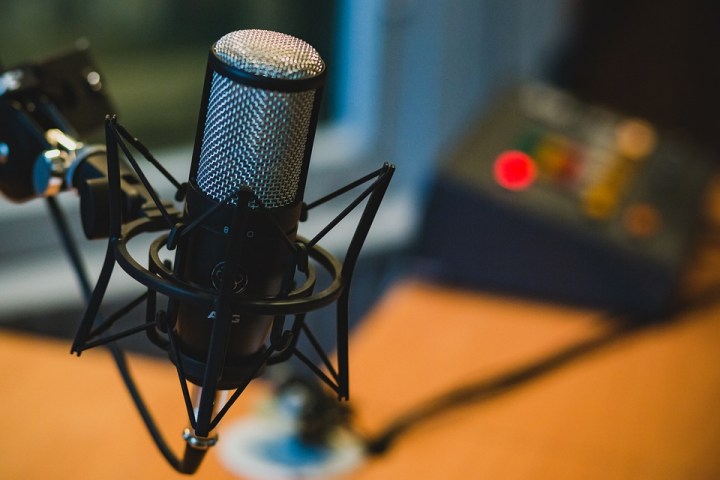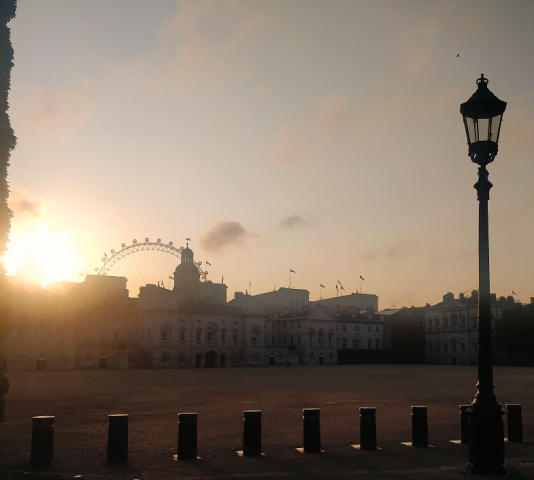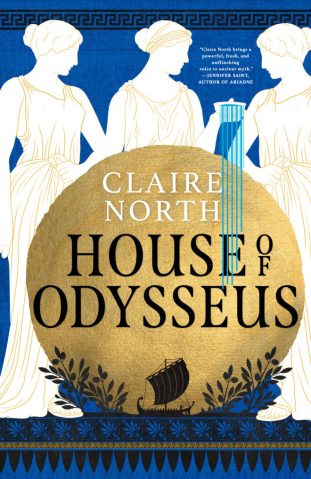Collaboration
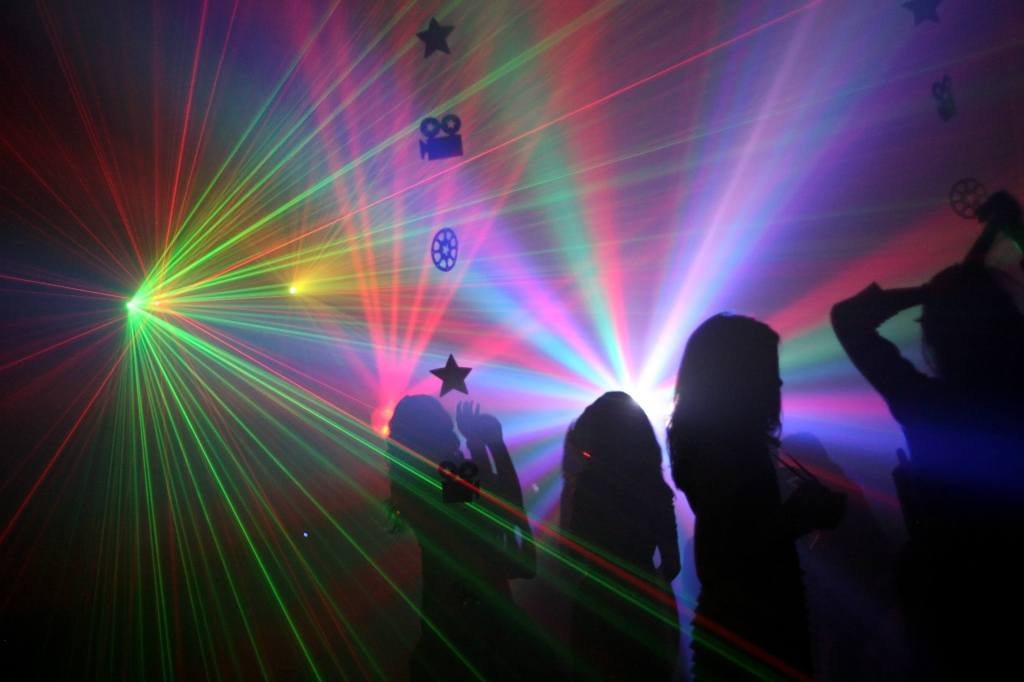
(Subtitle: I do not think this word means what you think it means….)
Collaboration! If you could please imagine proclaiming it with brass fanfare behind…
… coll-ab-or-ation!!
It is the battle cry of theatre. What are we going to do on this show? COLLABORATE to make something wonderful! What is the purpose of rehearsals? To COLLABORATE whoop whoop! How are technical rehearsals made smooth and easy? By collaborating!
Except. Actually. More of the time than perhaps we’d admit…
… it’s a bit of a lie.
I say this without rancor. There are many reasons as to why we often fail to collaborate effectively in theatre, but it’s not usually owing to a lack of effort.
Let me first lay out what I think collaboration should mean. Collaboration, at its very best, is the act of two or more people with different skill sets, meeting up and bouncing ideas around, finding something new and interesting in the way the other sees the world and from there, daring to try something that you might otherwise not have done, to achieve a thing which alone, could not have been achieved. That’s what I personally hope for. It’s why I am excited every time I see a new model box; it’s yet another reason why designers sit in on rehearsals, because a rehearsal is an expression of a director’s mind, and in watching it you might begin to see something you would never have thought of doing just from reading a script.
That said, with collaboration there must be trust. A director must trust that the sound they’re listening to on their tiny headphones will, in the venue, fill the auditorium and elevate the piece. Or that when I say as a lighting designer ‘oh, you want a sense of arctic chill and a terrible weight of expectation, yeah, I can do that’ I’m not shitting around. Because sometimes designers promise things we cannot achieve, whether through ignorance or arrogance; and it’s unprofessional, and it hurts everyone involved.
But then there’s another trust – a much harder trust. You must trust in someone else’s point of view.
Take sound design. A script may say ‘a Labrador dog barks off stage’ and lo, the SD nobly sources the exact sound of a Labrador barking, and in tech they play it and the director goes, ‘oh – that’s not the kind of bark I had in mind.’
“But it is the sound of a Labrador played from an off-stage speaker…”
“Yes, but it’s not how I imagined it.”
“I quite like it.”
“Yes yes yes I can see that, but in my head….”
Alarm bells! For a director has an idea in their head, most of the time, as to how the world will look and sound and feel. And a designer also has a strong idea, and in theory the art of collaboration is finding a world that is made collectively better together. And this is why you hire experts – not just to have ideas to bounce around, but because a designer’s ideas might be rooted in a) the physical reality of what can be achieved (I cannot yet bend light with my Magic Theatre Pixies) b) extensive experience of what can be achieved in a specific area and c) a sense of how the play might feel to someone who hasn’t spent 9 months immersed in every line of text. LDs aren’t just there to plug up cables – they are there to make the lighting vastly more elegant than you could, because they know how technically and how creatively to use it. Designers are your friend, their ideas are your friend, but if you’ve got a thought stuck in your head…
“Can you change the dog bark?”
“To what?”
“In my mind… something less barky.”
“Something less barky?”
“Yes. It just isn’t right….”
Alack and alas, here is the designer’s greatest fear. A note from a director expressing that something is wrong, but having no idea how to make it right. “Well you’re the expert,” he/she snaps, irritated at the look of bafflement on the SD’s face. “You know what I mean, find me what I need!”
This is not collaboration. This is commanding, and worse, it’s destroying the independent creativity of the designer, who now has to telepathically deduce what the director wants and achieve it with no regard to their own ideas. But you try anyway, fumbling forward and hoping that you can find something which satisfies both your hopes and dreams (that the bark sounds like a Labrador barking) and the director’s desire (that the bark sounds less barky). If you’re lucky you do; if you’re unlucky the integrity of your design is quickly reduced down to no more or less than what designers too often become – ‘the lighting girl’ ‘the sound guy’ ‘the costume lady’. We cease to be independent creative minds in our own rights, and are reduced to people who make noise and colours.
Even the most well-intentioned directors can fall victim to this behaviour, and it’s almost invariably because of fear. Fear makes people nuts. I have seen only a few directors who don’t become frazzled with anxiety during a technical rehearsal, as all the elements of the show come together, and when afraid, it’s comforting to feel pro-active and start to zone into things that you feel you can fix.
“It’s too dark!” cries the director. “Make it brighter!”
“I quite like it…”
“It’s too dark!!”
“Ok. Let’s go up 5%.”
“Too dark!”
“Up another 5%.”
“Ugh – way too bright now, waaaayyy to bright!”
“Okay. Let’s go down 5%.”
“Still too bright, much too bright, can’t you see it?”
“Down 5%?”
“Ah – that’s it! That’s it that’s perfect!”
You think I jest. I do not jest. I have been in plenty of techs where sound and lighting levels have gone up by 10%, down by 15%, up by 5% and arrived exactly where they started only better, much, much better! I don’t begrudge these conversations – they are, like I said, a manifestation of a director’s fear, but alas, fear makes people dictators, not collaborators.
In part this is to do with the language with which people talk to technicians. A director talking to an actor might, for example, say:
“I loved it, it was very interesting… I just wonder if perhaps we might be missing a certain something, if maybe we shouldn’t look at toning down the sense of ‘oh my happy kittens’ and trying it a bit more ‘I just saw the ghost of my dead father and my Mum has married my uncle.’ What do you think?”
Whereas to a designer:
“This isn’t what you’re thinking with the lighting, is it? It is? But it looks terrible.”
Again: I do not jest. These are the things that are said in theatre, and fine, I don’t need handling with kid gloves. Everyone knows that technicians are blunt – things either work or they don’t – but let that not de-humanize or reduce the commitment we have to our crafts. As an LD, I care furiously about the work I do, and will hurl myself into any challenge. With that level of commitment, of course it will hurt a tad when things are thoughtlessly said, but fine, deep breath, and let’s all move on….
Some directors are half-way to collaboration. “What do you think about this?” asks the director.
“I like it,” I reply, “Although I think it may be more powerful in red than blue.”
“Ah. Interesting. Let me tell you why you’re wrong….”
So close! Inquiring the views of your team: tick! Taking the views onboard: uh-uh. It’s like collaboration, but just a teensy weensy bit short of the mark….
Then there’s the negativity thing. A director gets an idea in their head – “Hey, I saw video used in a show last week and it was awesome! Let’s use video for this awesome thing!”
… and as a designer you hum and hah and finally say, “Ok, well, there’s no reason why we can’t use video except that we don’t have the money, the time or someone to design the video to a reasonable standard, but if we can get those…”
“You’re so negative!” comes the reply. “Come on – I’ve got a dream!”
It’s an unfair accusation that technicians hear a lot. With years of experience and dozen of shows where I have seen things executed poorly because we didn’t have the time or the cunning to do many bad things well, nor the guts to just cut all the bad things and focus our energies on doing one thing brilliantly, I am negative. Because gravity makes things fall, light casts shadows and it’s not actually possible to get a fully functioning T-Rex on stage; because sometimes a designer’s job is to speak the truth about reality, and that’s not always a popular gig.
Another great failure of collaboration is when companies – directors, producers, whoever’s in charge – talk the talk and walk the walk of trying to help you achieve everything you need to do to fulfil your dreams, their dreams, everyone’s dreams of an awesome show – and having talked the talk, then fail to act on it. So you’ve got a musical to light – so you have a large rig to rig. Conversations have been had about what you’re going to do, everyone’s happy and on board with a brilliant collaborative plan… and then you’re told that you’ve got £50 to spend on your fit-up crew and only one day to get rigged, patched, focused and plotted.
And suddenly you have to ask yourself: what’s the point of collaboration? All these great ideas we’ve talked about, they mean nothing without actual physical consequences. (You may also be asking yourself: £50 for fit up crew? What’s that… £2.08 per hour per person working my crew? Is that how little you think of technicians? I would rather have fewer lights in the rig and treat my team well, like actual people, than behave like that, but anyway…) I have walked into venues and been told ‘you have three hours to make it work’ and of course, of course I can’t do piss with three hours. I’ll sweat blood to try and do something, but reality is against us. And when you say to the guy in charge….
“We couldn’t finish the focus. There wasn’t time.”
The answer comes back: “Think how much worse it could have been! We nearly gave you only two hours!”
Rage. All this talk of collaboration and at the end of the day, what do you give me? No time, no respect, no chance to achieve anything worth a damn. And sometimes this is a simple economic by-product of theatre being theatre – too little money, too little time – and when companies acknowledge that it’s ok, because we can collaborate – actually collaborate – to achieve the best we can with the time we have. Again: you do one thing brilliantly, instead of many things bad. But the nightmare is when you’re given no chance to do your job, but still the director prowls up and down and says, “Why not? Where is it? Why can’t you achieve this effect?”
Fear, anxiety, too little time, too little space. Collaboration needs to be a physical act, as well as words.
And then there’s the saddest moment of all – when someone you’ve collaborated with, a director or design you’ve built a trust with, made wonderful shows with – someone who you not merely respect as a creative, but as a friend, turns round and thoughtlessly exclaims, “I hate it, and I don’t understand why you can’t just do what I want.”
It hurts. Actually hurts. It hurts as a designer – because after all the trust we’ve built and the respect we’ve shared, in that moment of thoughtlessness and fear, you have ceased to be an equal partner in this process, but just someone who has failed to achieve someone else’s desire. There’s no working towards something good together – there’s just turning on the lights.
But worse – it hurts as a human. I challenge people to have a really good, really fruitful creative relationship with someone and not feel a degree of fondness. And in that moment of stress and thoughtlessness, you have to flinch and bite your tongue as, while it lasts, you cease to be Cat Webb, lighting designer with an independent idea and hopes and energy and commitment, and become merely a tool that has failed.
And under those circumstances, sad but true, collaboration is simply this: it’s not kicking up a stink over something that can’t be won. It’s not fighting, it’s not having an argument or defending your view. Sometimes collaboration is simply getting the job done to the satisfaction of those around you, regardless of your personal views, so that the show can go on. And that’s fine, and a vital professional skill to have, but it’s also a very long way from being good.
